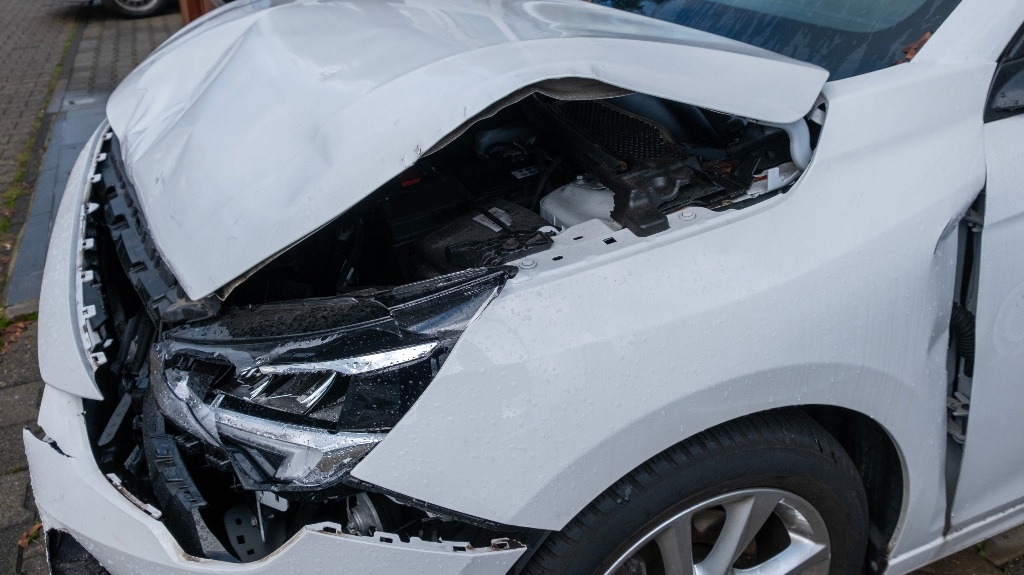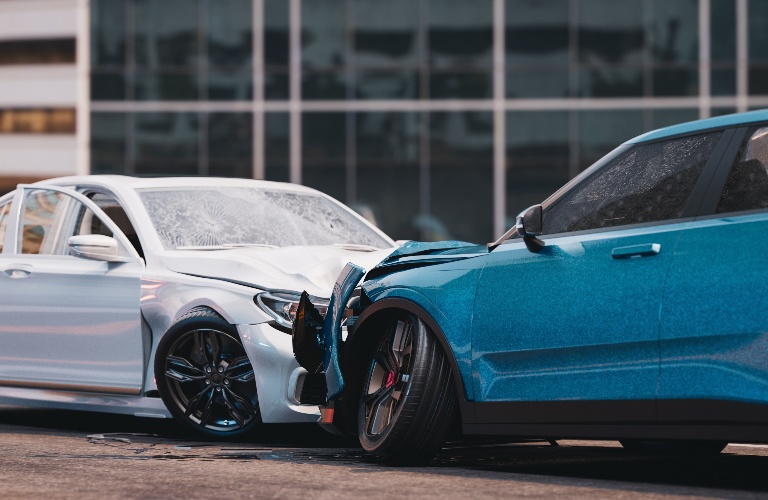
In a large city like Chicago, auto accidents can seem like a daily occurrence. However, some roads and intersections in Chicago have become notorious among residents for having more frequent auto accidents. What are Chicago’s accident hotspots, and why do these areas see higher rates of collisions?
Why Certain Areas Have More Accidents
Various factors can increase the risk of auto accidents for specific intersections or stretches of road. Some of the reasons why some places have higher rates of accidents include:
- High traffic congestion, which can lead to tailgating or make merging traffic more complicated
- Straight road sections with limited traffic signals, which can encourage some drivers to speed
- Complex intersection designs, which may cause drivers to make sudden course corrections or lead drivers to end up on the wrong side of the road
- Short merging lanes or combined on/off ramps on highways, which increase the risk of collisions when vehicles cannot get up to highway speed in time, or when traffic entering and leaving the highway needs to use the same lanes
- Pedestrian or bicycle traffic, which can give drivers additional things to focus on, or lead to conflicts between motor vehicles and bicycles or pedestrians
- Distracted driving, especially when intersections or stretches of road have buildings or objects along the roadside that catch drivers’ attention
Chicago’s Top Accident Hotspots
Roads and intersections in Chicago that have become notorious for having higher rates of auto accidents include:
- Western Avenue, especially at the intersection of Peterson Avenue)
- Pulaski Road and Madison Street
- Cicero Avenue, especially near the intersections of 95th Street and 127th Street
- Ashland Avenue and 47th Street
- Halstead Street and 63rd Street
- Dan Ryan Expressway (South Side I-90/I-94)
- Kennedy Expressway (North Side I-90/I-94)
- Eisenhower Expressway (I-290)
- Lake Shore Drive
- Stony Island Avenue, including at the intersections of South Chicago Avenue and 87th Street
- Kedzie Avenue and Belmont Avenue
How Drivers and Pedestrians Can Keep Themselves Safe
When traveling through some of Chicago’s hotspots for traffic accidents, drivers, bicyclists, and pedestrians can keep themselves safer through best practices, including:
- Practicing defensive driving, especially when driving in heavy traffic
- Avoiding distractions, such as cell phones or infotainment systems
- Moderating speed in known hotspots
- Avoiding sudden maneuvers, even when missing a turn or ending up in the wrong lane
- Remaining aware of all traffic, including bicycle and pedestrian traffic
- Keeping track of accident hotspots through city accident maps and traffic monitoring apps
What to Do After an Accident in Chicago
When you have a traffic accident in Chicago, taking prompt action can put you in a more favorable position to seek financial recovery for losses you sustain due to the crash. Steps you should take after an accident include:

- Reporting the accident to the police
- Obtaining a copy of the police accident report
- Documenting the crash scene with cell phone photos or videos
- Seeking prompt medical attention to identify the injuries you sustained in the accident
- Following your doctor’s treatment plan
- Requesting copies of your medical records of your treatment and rehabilitation
- Keeping all bills, invoices, and receipts for medical treatment or vehicle repairs
- Gathering pay stubs or income statements if you need to miss time from work due to accident injuries
Contact an Auto Accident Attorney Today
When you’ve gotten hurt in a Chicago car crash, you need experienced counsel to advocate for your rights and interests to help you recover maximum compensation. Contact Saperstein Law Group today for a free, no-obligation consultation with a car accident attorney to learn more about your legal options if you sustain injuries or property damage in an auto collision in Chicago.
